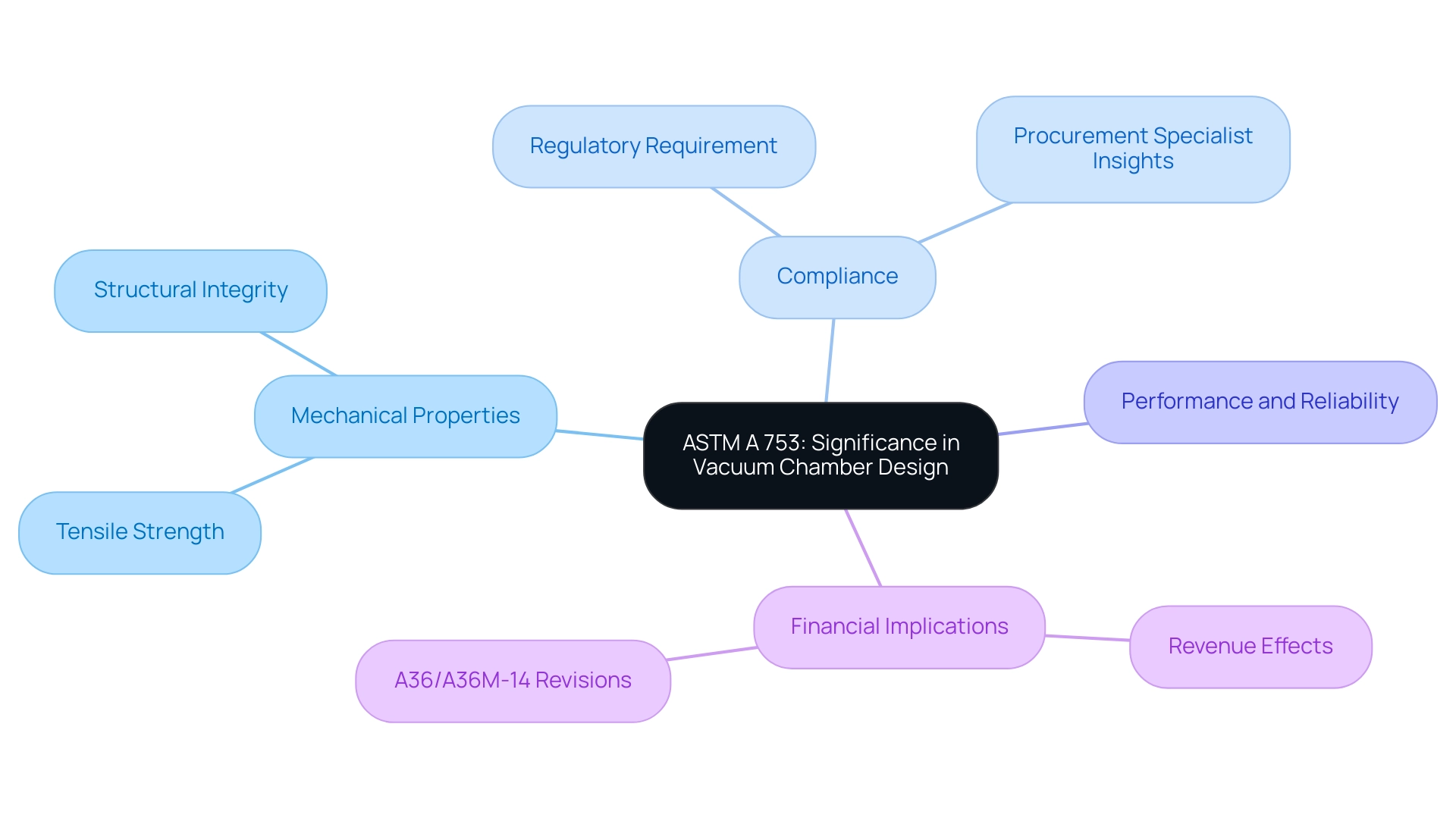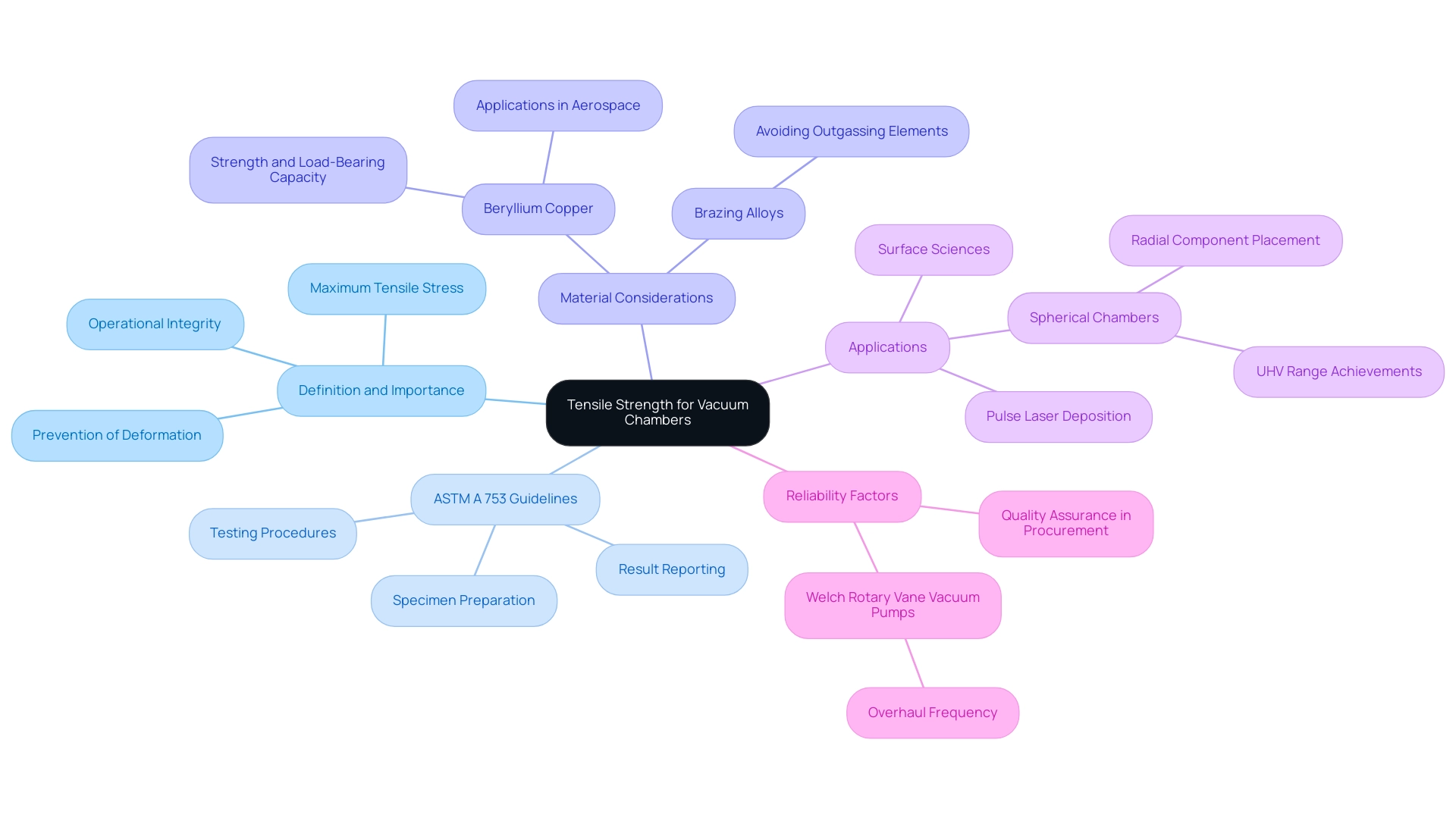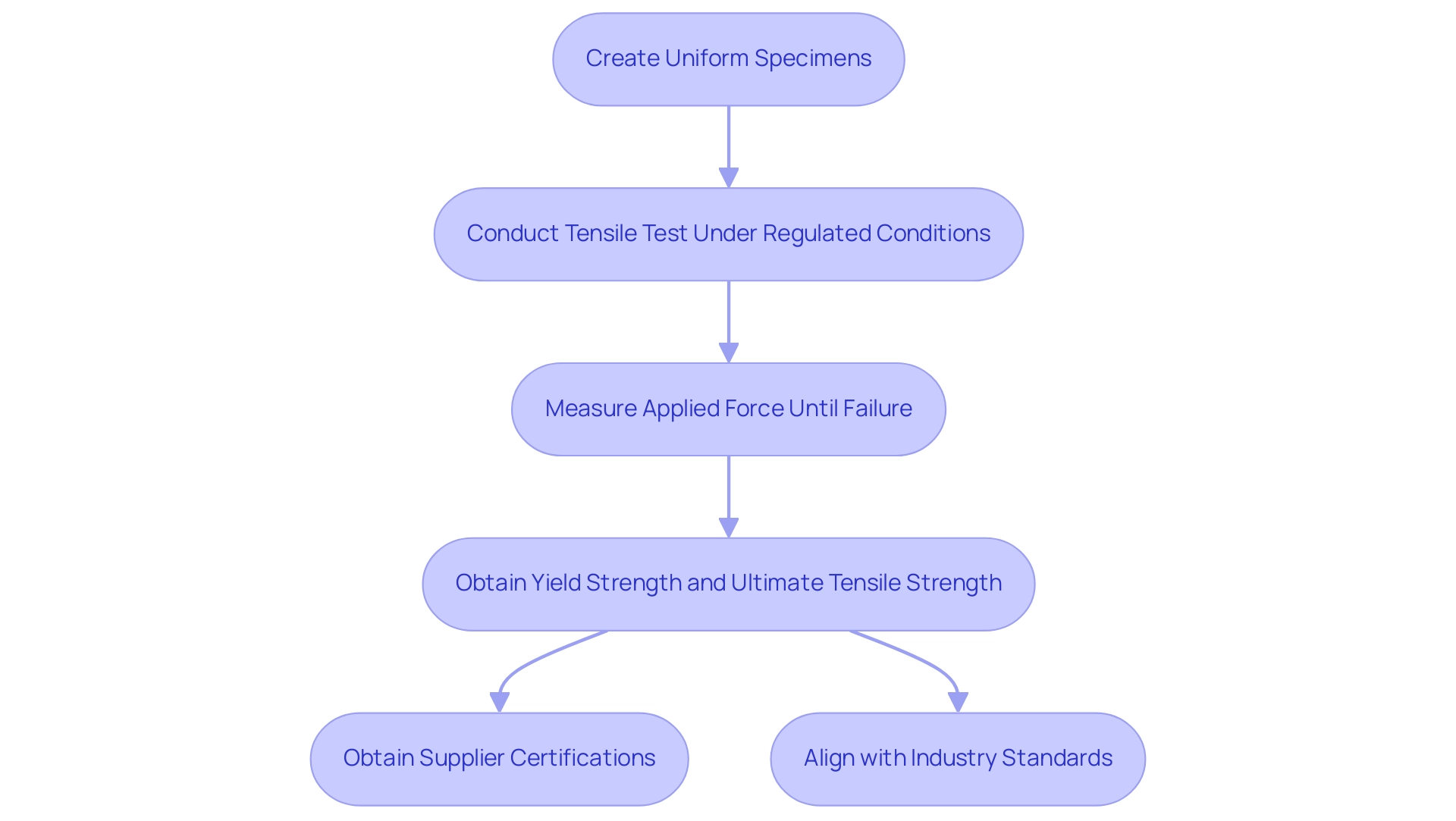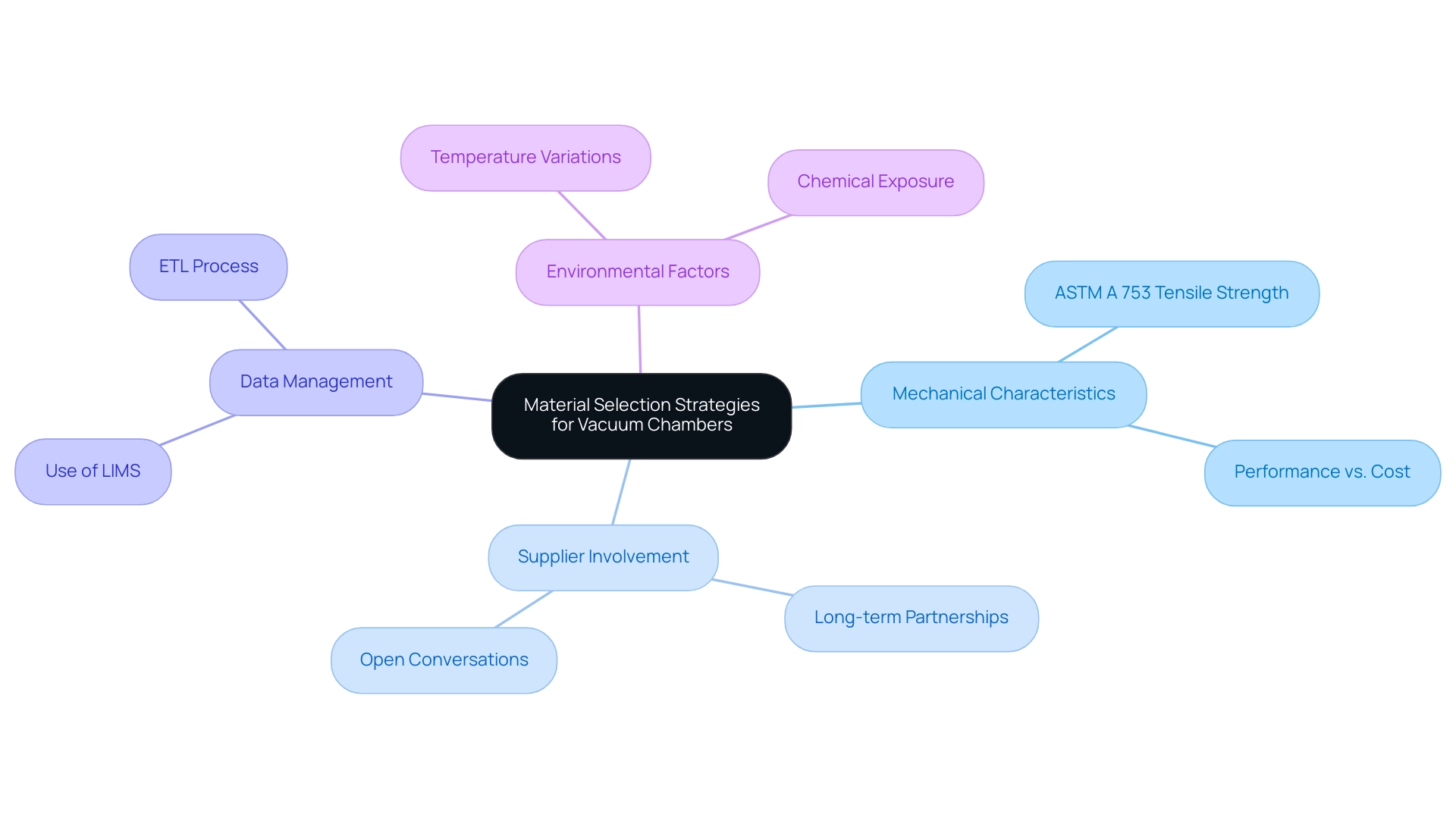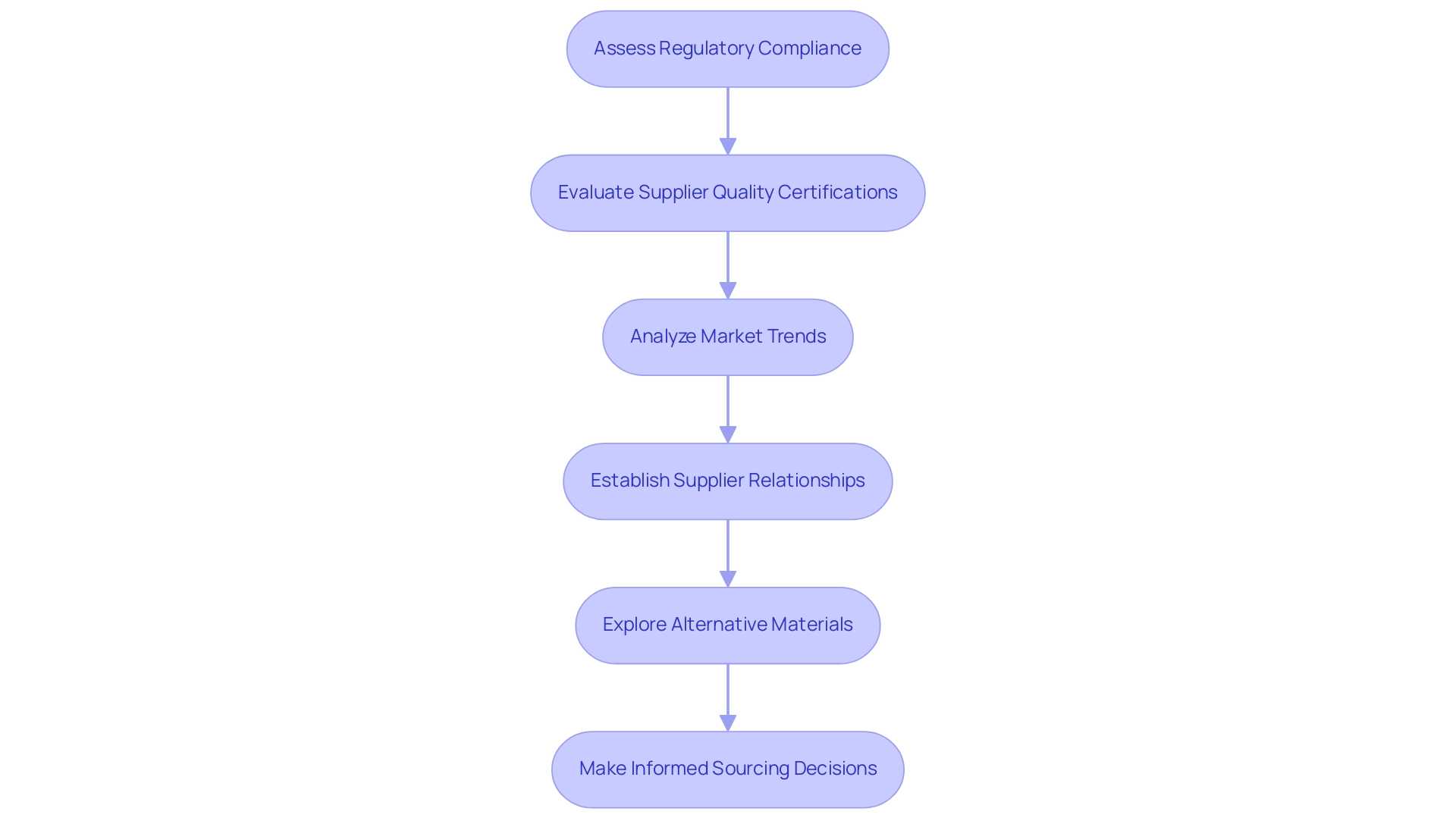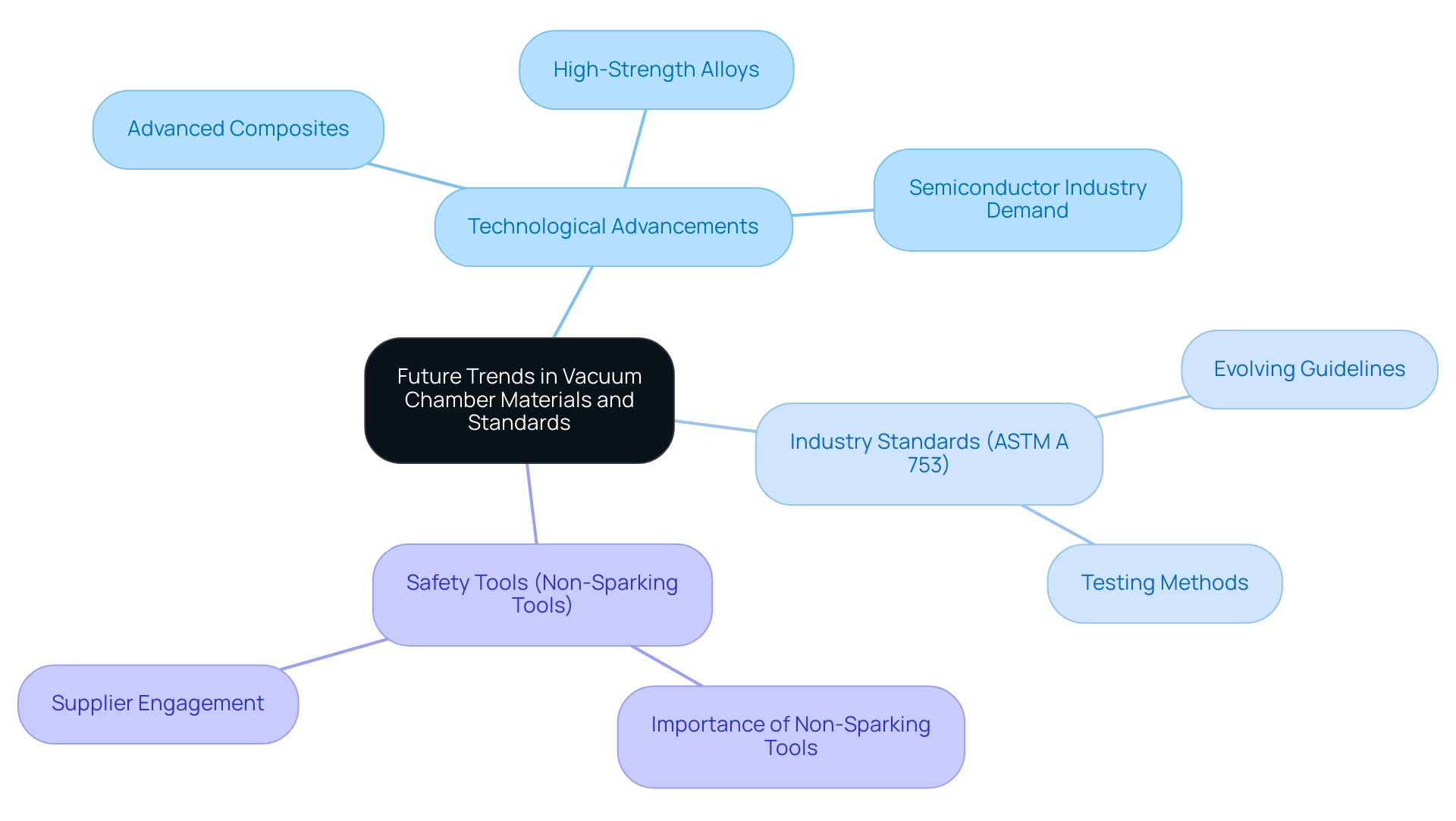Blogs
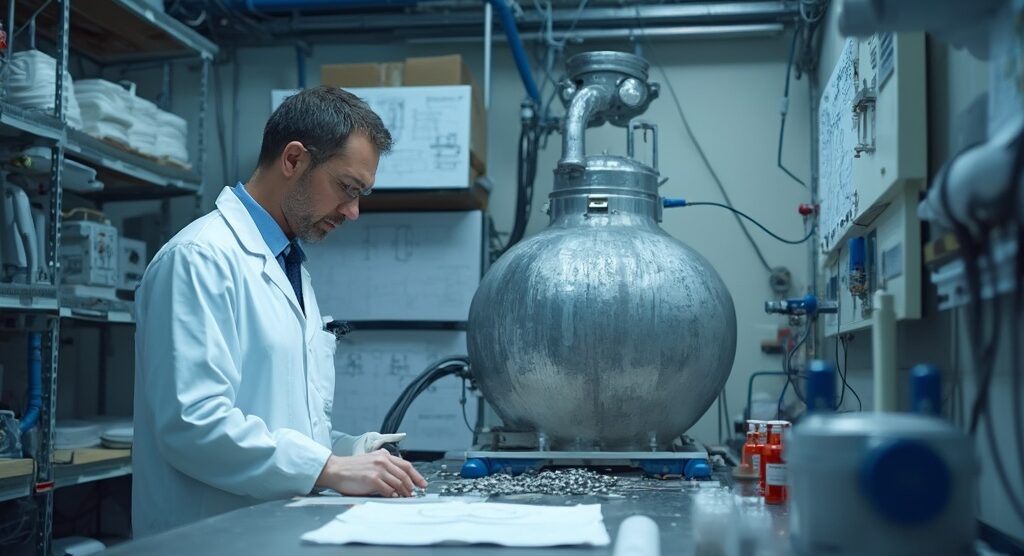
Understanding ASTM A 753 Tensile Strength for Vacuum Chambers: An In-Depth Tutorial
Introduction
In the realm of vacuum chamber design, adherence to ASTM A 753 is not merely a guideline; it is a cornerstone that underpins the structural integrity and operational safety of these critical systems. This standard meticulously outlines the specifications for metallic materials, focusing on essential mechanical properties such as tensile strength, which are vital for withstanding the extreme conditions encountered in vacuum applications.
As industries increasingly rely on high-performance materials to enhance reliability and efficiency, the implications of selecting compliant materials extend beyond regulatory compliance—they have tangible effects on operational success and financial performance.
With the anticipated updates to ASTM standards on the horizon, understanding the nuances of material selection, testing methods, and the challenges of sourcing compliant materials becomes imperative for procurement professionals.
This article delves into the significance of ASTM A 753, the intricacies of tensile strength, and the strategic approaches necessary for navigating the evolving landscape of vacuum chamber materials.
Overview of ASTM A 753: Significance in Vacuum Chamber Design
A 753 serves as a pivotal specification delineating the requirements for metallic materials utilized in vacuum chambers. This criterion is vital as it specifically addresses key mechanical properties, including the ASTM A 753 tensile strength for vacuum chambers, which is essential for enduring the high stresses and demanding environmental conditions encountered in vacuum applications. Ensuring adherence to A 753 is not merely a regulatory requirement; it significantly contributes to the structural integrity and overall safety of vacuum systems.
According to industry insights, a careful selection of resources based on this standard can bolster performance and reliability. Leslie L. Harner from Carpenter Technology Corporation emphasizes this connection, stating,
It is important that fabricators are aware of this intimate relationship between high-quality alloys and trouble-free production.
Moreover, comprehending and applying A 753 standards allows procurement specialists to select resources that are not only compliant but also specifically designed to satisfy operational needs, ultimately improving efficiency.
This understanding is vital, particularly since a decreased number of equivalency requests could represent a revenue effect of 1 to 2 percent of yearly revenues for four small entity companies and one small entity nonprofit, emphasizing the financial stakes involved in selection. As we anticipate the 2024 revisions in vacuum chamber substance specifications, the importance of ASTM A 753 tensile strength for vacuum chambers remains crucial for ensuring optimal performance in practical uses. Furthermore, the revisions to A36/A36M-14 offer a relevant illustration of how adherence to updated guidelines can influence selection of substances and performance in diverse applications.
Understanding Tensile Strength: Key Mechanical Properties for Vacuum Chambers
The ASTM A 753 tensile strength for vacuum chambers is defined as the maximum tensile (stretching) stress a substance can endure before failure, making it a crucial factor in the design and functionality of vacuum chambers. High tensile strength, particularly the ASTM A 753 tensile strength for vacuum chambers, is essential to prevent deformation or rupture in low-pressure environments, where operational integrity is paramount. According to ASTM A 753 tensile strength for vacuum chambers, the regulation governing tensile strength testing includes detailed guidelines on specimen preparation, testing procedures, and result reporting.
This guideline serves as a reference for engineers evaluating substances for vacuum uses, confirming that they possess the ASTM A 753 tensile strength for vacuum chambers to withstand operational stresses without compromising chamber integrity. For instance, the spherical chamber, often equipped with CF flanges, is favored for uses that require radial component placement, such as pulse laser deposition and surface sciences. With suitable surface preparation and pumping, such chambers can reach pressures in the UHV range, emphasizing the critical role of ASTM A 753 tensile strength for vacuum chambers in maintaining chamber integrity under challenging conditions.
Additionally, Welch Rotary Vane Vacuum Pumps necessitate thorough overhauls only every 20,000 hours, highlighting the operational reliability linked to materials that comply with tensile strength criteria. Beryllium Copper, acknowledged as the strongest copper alloy, provides exceptional load-bearing capacity, making it an ideal selection for high-performance uses in aerospace and precision engineering. Domadia’s dedication to quality and customer satisfaction guarantees that procurement managers obtain Beryllium Copper Plates that not only fulfill these tensile strength criteria but also offer the reliability and performance required for demanding applications.
A thorough understanding of these mechanical properties is vital for selecting substances with adequate tensile strength, especially regarding the ASTM A 753 tensile strength for vacuum chambers, along with considering other factors such as ductility and toughness, which significantly contribute to the overall performance and longevity of vacuum chamber components. This reinforces the need for a strategic approach to procurement that prioritizes quality and reliability, particularly when opting for Beryllium Copper Plates from a leading supplier like Domadia.
Testing Methods for Tensile Strength According to ASTM A 753
The ASTM A 753 guideline outlines specific testing techniques crucial for assessing the tensile strength of substances. This standard necessitates the creation of uniform specimens that precisely reflect the intended use of the substance. The tensile test is performed under rigorously regulated conditions, where the applied force is carefully measured until failure happens.
The results yield critical data points: yield strength and ultimate tensile strength. These metrics are pivotal in assessing substance performance, particularly regarding the ASTM A 753 tensile strength for vacuum chambers. As Benzing J. highlights in his work on Hot Isostatic Pressing (HIP), achieving an isotropic microstructure is crucial for retaining as-built strength in substances, which emphasizes the importance of ASTM A 753 tensile strength for vacuum chambers in ensuring the reliability of these substances.
Procurement managers must prioritize obtaining certifications from suppliers that confirm adherence to A 753 testing methods. Such certifications not only validate the reliability and suitability of the resources but also align with industry standards that could impact operational efficiency. With the market for additive manufacturing products and services projected to exceed US$6.5 billion, the significance of A 753 testing methods has never been more pronounced.
Moreover, case studies like E8 / E8M and A370 demonstrate standard test methods for determining the tensile characteristics of metallic substances, offering practical examples of how these testing techniques are utilized. Grasping and applying these standards guarantees that procurement choices are guided by strong data, enhancing the overall integrity of selection.
Material Selection Strategies for Vacuum Chambers
Selecting the suitable substances for vacuum chambers necessitates a thorough comprehension of mechanical characteristics, including the ASTM A 753 tensile strength for vacuum chambers and the particular operational conditions the chambers will face. Effective strategies for resource selection involve a thorough assessment of usage requirements, considering environmental factors such as temperature variations and chemical exposure. Additionally, it is crucial to balance performance with cost considerations.
Involving suppliers early in the selection process promotes discussions on compliance with the ASTM A 753 tensile strength for vacuum chambers and creates opportunities to investigate high-performance options, including Mica Tape Products known for their high-temperature resistance, flame resistance, and dielectric strength. These features make Mica Tape essential for various applications, particularly in the manufacture of fire-resistant cables and other critical electrical insulation systems. For example, the HTEM DB employs NREL’s custom laboratory information management system (LIMS) to handle data effectively, automating data collection from synthesis and characterization instruments into a centralized data warehouse.
This case study exemplifies the significance of data management in product selection and highlights how Mica Tape Products can fit into this framework. Long-term partnerships with reliable suppliers not only enhance sourcing but also improve pricing structures and provide access to cutting-edge resources like Mica Tape. As emphasized by Prof. Thomas Rizzo, the team leader engaged in innovative SLIM advancements, encouraging open conversations with suppliers is essential to managing intricate resource needs effectively.
Moreover, Zhao et al. (2014) examined diffusion-controlled H sensors constructed from Pd-coated highly porous WO nanocluster films, demonstrating novel uses of substances in vacuum technology. Additionally, it is noteworthy that the PDF file size for related documentation is 1.1 MB, reflecting the technical details that can be managed effectively through systems like LIMS.
Common Challenges in Sourcing ASTM A 753 Compliant Materials
Sourcing ASTM A 753 compliant resources presents various challenges, particularly in light of the regulatory landscape shaped by coal mining operations. As stated in the regulations, it is essential to protect the environment while ensuring that the coal supply meets the nation’s energy requirements. This dual focus impacts procurement strategies, as procurement managers must navigate a limited pool of suppliers and volatile market prices influenced by environmental compliance costs.
Non-Sparking Tools arise as a vital substitute for use in explosive environments, ensuring safety without compromising functionality. These tools are specifically designed to prevent sparks that could ignite flammable materials, making them essential in industries such as oil and gas, chemical manufacturing, and mining. Similarly, Mica Tape products, recognized for their high-temperature resistance and outstanding electrical insulation properties, play a critical role in various uses, from household appliances to industrial machinery.
Their flame resistance and high dielectric strength are particularly important in electrical applications, where they are commonly used in the manufacture of fire-resistant cables and critical electrical insulation systems. To effectively address these complexities, comprehensive supplier evaluations are paramount. This process should not only encompass examining quality certifications and evaluating historical performance records but also take into account suppliers’ compliance with environmental regulations, especially in relation to high-temperature substances.
Staying abreast of recent market trends is crucial, as fluctuations can impact pricing and availability. Establishing robust relationships with multiple suppliers not only provides leverage during negotiations but also expands options when addressing supply chain disruptions. Furthermore, exploring alternative substances that conform to the same specifications can introduce flexibility into procurement strategies, allowing for more adaptive responses to market shifts.
As one procurement manager noted, ‘Understanding the regulatory environment and its implications on resource sourcing is essential for making informed decisions.’ Such proactive measures are vital in overcoming the inherent challenges in sourcing resources that meet the ASTM A 753 tensile strength for vacuum chambers.
Future Trends in Vacuum Chamber Materials and Standards
The rapid pace of technological advancement is significantly influencing the materials utilized in vacuum chambers, especially in relation to the ASTM A 753 tensile strength for vacuum chambers, which drives the development of innovative solutions to meet evolving performance demands. Advanced composites and high-strength alloys are leading this transformation, providing superior tensile strength, such as the ASTM A 753 tensile strength for vacuum chambers, and improved durability vital for contemporary uses. In explosive environments, Non-Sparking Tools are crucial as they mitigate the risk of ignition, making them indispensable for safety in various industrial applications.
For instance, the semiconductor industry’s increasing demand for precise environments in manufacturing processes is a clear example of how technology influences resource requirements; this demand is expected to sustain the growth of vacuum chambers in this sector. As these substances gain traction, industry guidelines are likely to evolve, incorporating new testing methods and specifications to ensure safety and performance. It is crucial for procurement managers to remain actively engaged with industry discourse surrounding these developments.
By understanding the importance of Non-Sparking Tools, procurement strategies can be better aligned with industry advancements. Furthermore, interacting with suppliers and manufacturers of Non-Sparking Tools can offer valuable insights into product availability and adherence to industry regulations. By participating in industry conferences and joining professional organizations, procurement managers can foster networking opportunities that align their strategies with emerging trends.
With the vacuum chambers market projected to grow at a CAGR of approximately 4.71% from 2024 to 2031, it is essential to stay informed about advancements in materials, Non-Sparking Tools, and the ASTM A 753 tensile strength for vacuum chambers to maintain a competitive edge in procurement.
Conclusion
Understanding the intricacies of ASTM A 753 is vital for anyone involved in the design and procurement of vacuum chambers. The standard not only sets forth essential mechanical properties, particularly tensile strength, but also emphasizes the importance of selecting compliant materials that enhance structural integrity and operational safety. As industries increasingly rely on high-performance materials, adherence to these specifications becomes a critical factor influencing both operational success and financial performance.
The article highlights that the upcoming updates to ASTM standards will further refine the requirements, making it imperative for procurement professionals to stay informed. Evaluating tensile strength and employing rigorous testing methods ensures that materials meet the demanding conditions of vacuum applications. Moreover, strategic procurement approaches, such as early engagement with suppliers and comprehensive evaluations of material properties, are essential in navigating the challenges of sourcing compliant materials.
In conclusion, the implications of material selection extend beyond compliance; they directly impact the reliability and efficiency of vacuum systems. By prioritizing quality and adhering to ASTM A 753, procurement managers can not only mitigate risks but also position their organizations for long-term success in a rapidly evolving market. Staying proactive and informed will be crucial as the landscape of vacuum chamber materials continues to evolve, ensuring that operational standards are met and exceeded.

